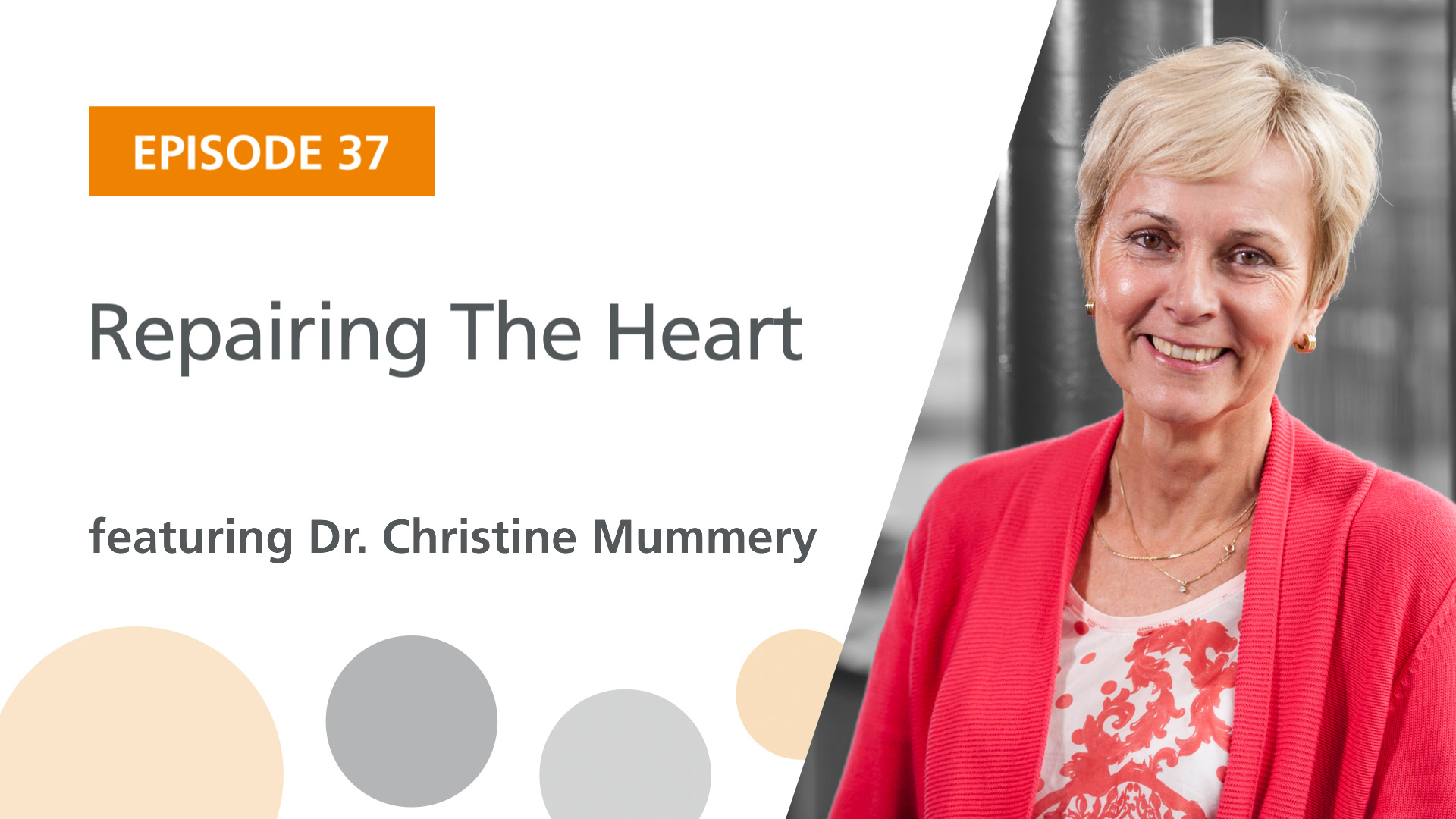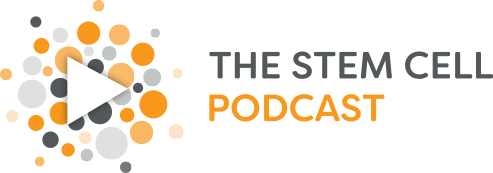
Podcast: Play in new window
Guest:
Dr. Christine Mummery joins us to discuss how stem cells are being used for heart disease.
Resources and Links
CDC Reports Current Flu Vaccine Effectiveness at 23 Percent This Season – A report published estimates that getting a flu vaccine this season reduced a person’s risk of having to go to the doctor because of flu by 23 percent among people of all ages.
India’s Tiger Population Sees 30 Percent Increase – According to this article, India says it now has almost a third more tigers than it did four years ago and it was willing to donate tiger cubs to the international community to help conservation efforts.
Scientists Give Genetically Modified Organisms a Safety Switch – Researchers at Harvard and Yale have used some extreme gene-manipulation tools to engineer safety features into designer organisms, specifically reprogrammed the common bacterium E. coli so it requires a synthetic amino acid to live.
WSU Researchers See Effect of BPA, Estradiol on Sperm Development – This article describes how bisphenol A and estradiol contributes to disrupted sperm production resulting in decreased sperm counts.
Too Much Salt Intake Changes Key Brain Circuits – This article shows that excessive salt intake “reprograms” the brain, interfering with a natural safety mechanism that normally prevents the body’s arterial blood pressure from rising.
Trust Your Gut: E. Coli May Hold One of the Keys to Treating Parkinson’s – Researchers recently discovered a protein in E. coli that inhibits the accumulation of potentially toxic amyloids—a hallmark of diseases such as Parkinson’s.
Hidden Formaldehyde in E-Cigarette Aerosols – This article shows that the carcinogen formaldehyde, a known degradation product of propylene glycol that reacts with propylene glycol and glycerol during vaporization to produce hemiacetals, can be formed during the e-cigarette “vaping” process.
Laser-Generated Surface Structures Create Extremely Water-Repellent Metals – This article describes how scientists at the University of Rochester have used lasers to transform metals into extremely water repellent, or super-hydrophobic, materials without the need for temporary coatings.
Birth Control Pill Risks May Now Include Brain Cancer – Scientists have found that women taking hormonal contraceptives — those containing estrogen, progestin or a combination of both — showed higher rates of a rare brain tumor known as glioma.
2015 U.S. Measles Outbreak Already at 84 Cases, More than in a Typical Year – According to this article, the Centers for Disease Control and Prevention said 84 people in 14 states were diagnosed with measles.
Researchers Discover “Idiosyncratic” Brain Patterns in Autism – Scientists at the Weizmann Institute and Carnegie Mellon University found that the brains of individuals with autism display unique synchronization patterns, something that could impact earlier diagnosis of the disorder and future treatments.
Beyond Prevention: Sulforaphane May Find Possible Use for Cancer Therapy – New research has identified one of the key cancer-fighting mechanisms for sulforaphane, and suggests that this much-studied phytochemical may be able to move beyond cancer prevention and toward therapeutic use for advanced prostate cancer.
Monkeys Seem to Recognize Their Reflections – Trained macaques studied themselves in mirrors, fuelling debate over animals’ capacity for self-recognition.
Obokata May Face Criminal Charges as Former Colleague Alleges She Stole Stem Cells – This article reports that a criminal investigation now seems likely after a former Riken researcher filed a criminal complaint against disgraced scientist Haruko Obokata, alleging she stole samples of embryonic stem cells before reporting that she had created her version of stem cells with a novel technique.
A One-Grant Limit: Nih Institute Puts Squeeze on Flush Investigators – The National Institutes of Health’s basic science institute is imposing a strict one-grant limit on scientists who already have plentiful no-strings support.
Using Stem Cells to Grow New Hair – In a new study from Sanford-Burnham Medical Research Institute, researchers have used human pluripotent stem cells to generate new hair.
UM Study Explores How Stem Cells Can Help Burn Victims – This article is about a pair of doctors at the University of Miami who are trying to develop new therapies using donor’s mesenchymal stem cells to restore tissue and reduce long-term scarring from burns.
Parkinson’s Stem Cell Trial Approaches – International Stem Cell Corp. plans to implant neural stem cells into the brains of Parkinson’s patients, restoring dopamine production and normal movement in the patients.
BPA Exposure May Change Stem Cells, Lower Sperm Production – Chemicals that mimic estrogen hamper development of the stem cells responsible for making sperm in mice.
Promising Use Of Nanodiamonds To Kill Chemoresistant Cancer Stem Cells More Effectively – A study led by the National University of Singapore found that attaching chemotherapy drug Epirubicin to nanodiamonds effectively eliminates chemoresistant cancer stem cells.
Defined Culture of Human Embryonic Stem Cells and Xeno-Free Derivation of Retinal Pigmented Epithelial Cells on a Novel, Synthetic Substrate – The authors investigate the maintenance of human embryonic stem cells and their differentiation into retinal pigmented epithelium using Synthemax II-SC, which is a novel, synthetic animal-derived component-free, RGD peptide-containing copolymer compliant with good manufacturing practices designed for xeno-free stem cell culture.
Imaging Captures How Blood Stem Cells Take Root – Researchers in Boston Children’s Hospital’s Stem Cell Research Program describe a surprisingly dynamic system that offers several clues for improving bone-marrow transplants in patients with cancer, severe immune deficiencies, and blood disorders, and for helping those transplants “take.”
Epigenetic Predisposition to Reprogramming Fates in Somatic Cells – Reprogramming potential may in part reflect preexisting epigenetic heterogeneity that can be tuned to alter the cellular response to factor induction.
Photo Reference: Courtesy of Dr. Christine Mummery

